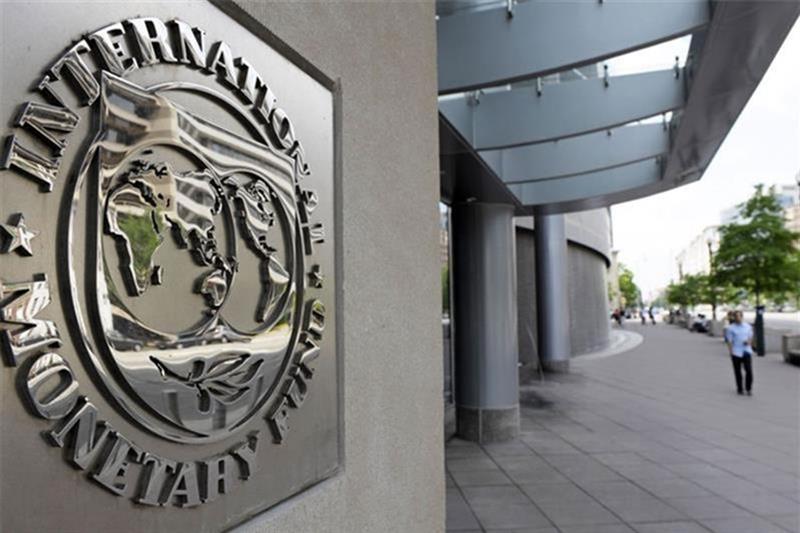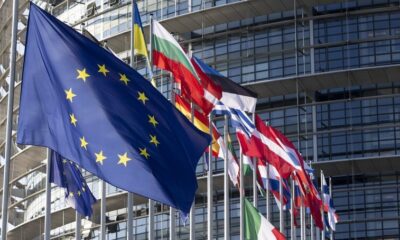Barely a week after it banned banks in the country from lending money to government, businesses and individuals, the Zimbabwen government has reversed itself by lifting the freeze order, the Zimbabwean Central Bank announced in a statement on Tuesday.
The freezing order which came directly from President Emmerson Mnangagwa on May 7, was meant to arrest the currency’s depreciation, which he said was threatening the country’s economic stability.
The President, in a statement, had said the measure was also to stop speculations against the Zimbabwean dollar and to arrest its rapid devaluation on the black market.
“Lending by banks to both the government and the private sector is hereby suspended with immediate effect, until further notice,” Mnangagwa had said in a statement.
The government also said at the time that it had started investigating unnamed speculators for taking out Zimbabwe dollar bank loans to buy foreign currency on the black market, thus driving the local currency’s value lower.
But while announcing the reversal, the Central Bank said it would continue investigating the said speculators while the ban will be temporarily suspended.
“The Central Bank wishes to advise the public that the temporary suspension of lending services by banks has been lifted with immediate effect.
“We said the lending freeze was temporary. We have lived true to our word,” the statement said.
It added that only organisations being investigated for abusing loan facilities would not be allowed to borrow from banks.
The lending ban had drawn a lot of condemnation and criticism from business groups which warned that the freeze would hurt commerce and worsen Zimbabwe’s economic crisis.
The lending freeze had slowed the Zimbabwean dollar’s slide on the black market, although it had little effect on the official rate in an economy which had experienced a 500 billion percent hyperinflation in 2008, and is currently experiencing another episode of high inflation, with year-on-year inflation rising to 96.4 percent in April from 72.7 percent in March, driven by the rapid devaluation of its currency.

 Politics2 days ago
Politics2 days ago
 Metro2 days ago
Metro2 days ago
 Metro17 hours ago
Metro17 hours ago
 Metro2 days ago
Metro2 days ago

































